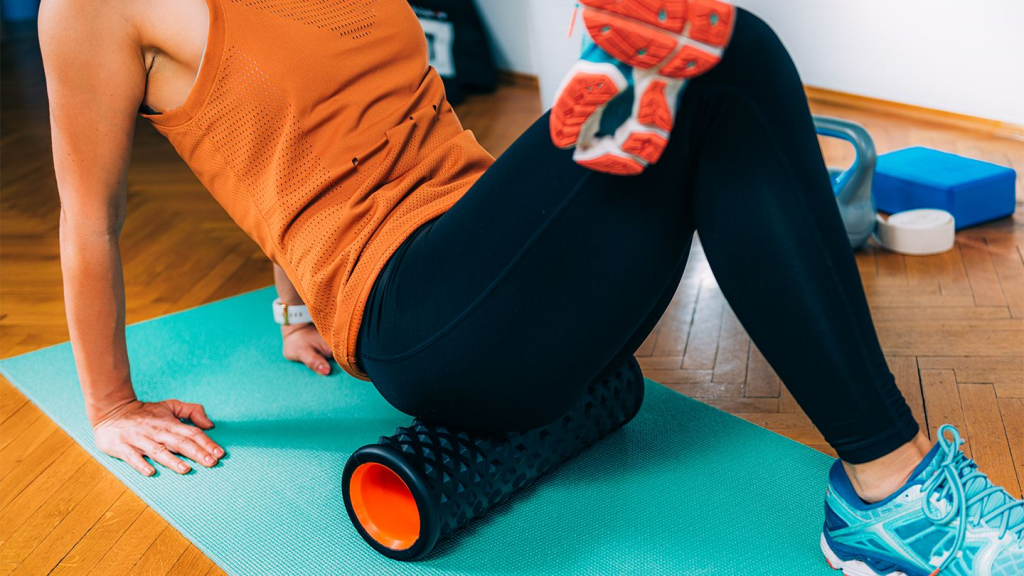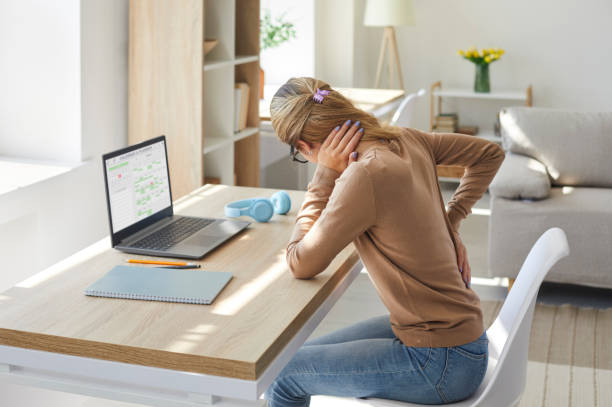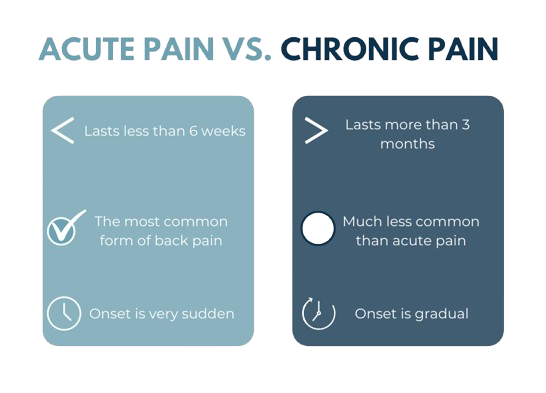Low back pain is a prevalent and incapacitating health issue in the United States, affecting millions of individuals and impeding their ability to work and engage in daily activities.
According to the American Chiropractic Association, back pain ranks as the third most frequent reason for doctor visits, highlighting its widespread impact. Seeking medical advice is advisable if uncertainties exist about the severity of the pain, if the pain persists for more than a month, if it worsens over time, or if new neurologic symptoms such as numbness or weakness develop.
An orthopedic physical therapist, emphasizes the role of healthcare professionals in identifying contributing factors to back pain. By recognizing patterns in specific tasks, postures, or positions that exacerbate symptoms, professionals can suggest modifications to reduce the likelihood of recurring pain.
Despite its intensity, therapist reassures that back pain typically resolves over time, allowing individuals to resume normal activities. Therapist advises against fearing mild back pain and encourages continuing daily functions despite discomfort.
For individuals experiencing mild back pain, several home remedies can help alleviate discomfort and minimize its recurrence.
Ergonomics: Set Yourself Up for Success
An orthopedic physical therapist, explains that modern workplaces often involve prolonged static loading, particularly when sitting. He describes sustained static load as the constant force of gravity exerted on the body throughout the day, which compresses it slightly. Muscles work continuously against gravity to maintain an upright posture, but remaining in one position for extended periods can lead to muscle fatigue.
Ergonomics, therapist notes, is the science of arranging workspaces and tools to suit individual needs and body characteristics. This practice aims to enhance efficiency while reducing discomfort and potential injury.
While ideal posture varies from person to person, therapist emphasizes several fundamental ergonomic principles applicable to most individuals. Therapist advises using strategies that alleviate the strain on muscles fighting against gravity alone.
Therapist offers practical tips for minimizing back pain while working or sitting, complemented by visual guidelines provided by the Occupational Safety and Health Administration (OSHA):
- Ensure you sit deeply enough in your chair so that your back is supported by the chair back.
- Adjust the chair height so that your feet can comfortably rest on the ground without your knees being higher than your hips.
- Position your computer monitor at eye level to prevent slouching while viewing the screen.
- Ensure that your forearms are well-supported on the armrests, with the armrests positioned high enough for your elbows to rest comfortably.
These ergonomic adjustments can help individuals maintain better posture and reduce the risk of back pain associated with prolonged sitting.
Take Breaks to Change Your Position
Physical Therapist advises incorporating regular breaks into your work routine to mitigate the effects of prolonged sitting. Therapist suggests taking a short walk or changing position every 30 minutes, or at least every hour if frequent breaks aren’t feasible.
“Simple movements and varying your posture can be beneficial.”
Therapist recommends setting reminders on your phone or desktop calendar to prompt you to take these breaks throughout the day. These periodic pauses can help alleviate the strain on muscles and joints caused by prolonged static positions, promoting overall comfort and reducing the risk of back pain.
Sleep Is Good Medicine for Back Pain
Research has shown the connection between sleep and pain, including one study that showed that sleep problems significantly increase the risk for reduced pain tolerance.
There’s no one right way to sleep. For some people it might be great to lie on their stomach, whereas other people might do much better on their back with a pillow under their knees. If you think your sleeping position is causing you back pain, you may want to try another position or consult a healthcare professional.
No matter what your sleep position, it’s important that you’re able to achieve some form of restorative sleep. We know that if you’re not sleeping well, it’s hard to feel better, because sleep is when the body is really actively recharging the batteries. If you can’t do that, you’re going to be predisposed to pain.
Exercise and Movement Can Prevent and Help Relieve Back Pain
Physical Therapist emphasizes the positive impact of frequent movement throughout the day in reducing the occurrence and intensity of back pain based on his professional experience. However, that this advice may not be as applicable to individuals with physically demanding jobs that involve heavy lifting.
Generally, most forms of physical activity provide some level of protection against developing back pain and can improve recovery if pain does occur. Therapist highlights the preventive benefits of habitual physical activity and its role in accelerating recovery from back pain episodes.
Regarding specific exercises beneficial for back pain, for many people, this could be as simple as daily walking.
Citing a study involving adults aged 50 and older, physical therapist mentions that those who walked the most were least likely to experience lower back pain, reinforcing the positive impact of regular walking.
Orthopedic advises consulting with a physical therapist or doctor before starting any new exercise regimen, especially if targeting back pain. He stresses the importance of starting gradually and allowing the body to adapt to new movements, advising that initial soreness often diminishes as the body adjusts.
Furthermore, research increasingly supports the effectiveness of yoga in treating chronic low back pain, highlighting its potential as a therapeutic option.
Temporary Pain Relief: Ice, Heat, or Both?
Physical Therapist advises that both heat and ice can be effective in providing temporary relief from back pain. According to the therapist, both methods help to alleviate the pain signal and promote relaxation of the nervous system. For those suffering from Maigne’s syndrome, a condition characterized by pain in the lower back, hips, and groin area due to irritation of the thoracolumbar junction, alternating between heat and ice can help manage symptoms by reducing inflammation and easing muscle tension.
For most injuries, ice is typically recommended during the initial acute phase. Applying ice to the affected area using a frozen wet towel or an ice pack wrapped in a cloth to protect the skin. It’s recommended to apply ice sessions for about 15 to 20 minutes, up to three times a day.
After the acute phase, typically after a couple of weeks, transitioning to heat therapy can be beneficial. Research indicating that moist heat can complement exercises and other treatments for acute low back pain.
The importance of using both ice and heat appropriately and in accordance with professional advice to effectively manage back pain.
About Authors
Dr. Muhammad Mahmood Ahmad is a Spinal as well as an Orthopedic Surgeon with over 14 years of experience currently practicing at Razia Saeed Hospital, Multan.






